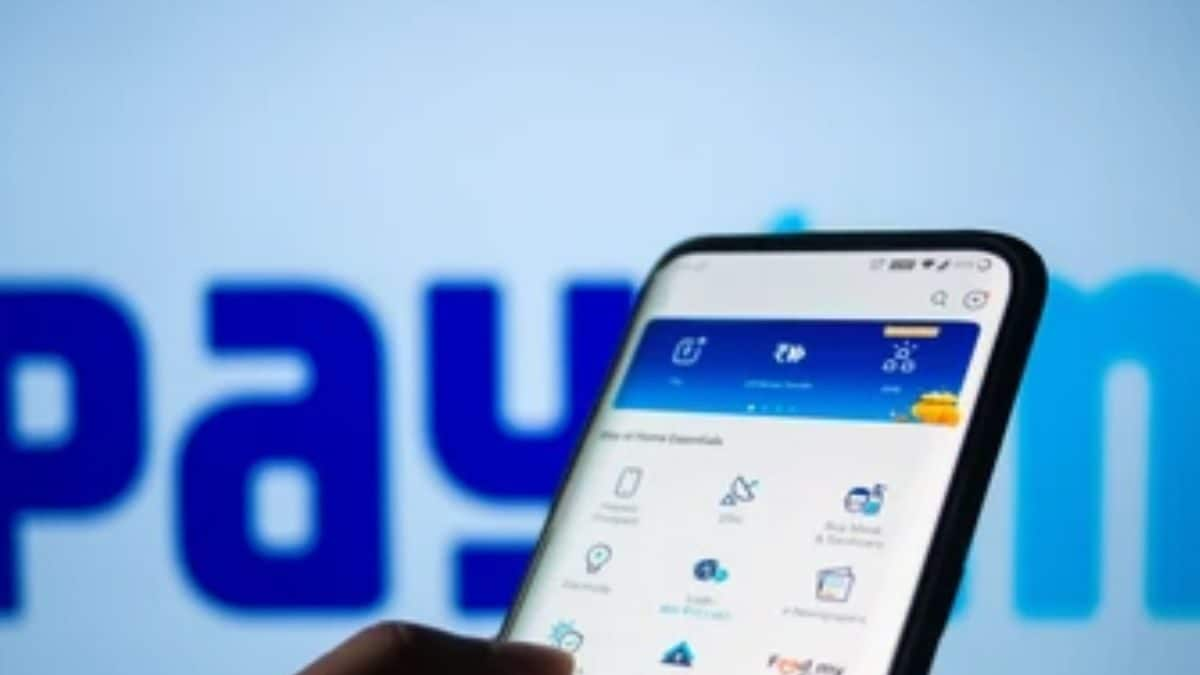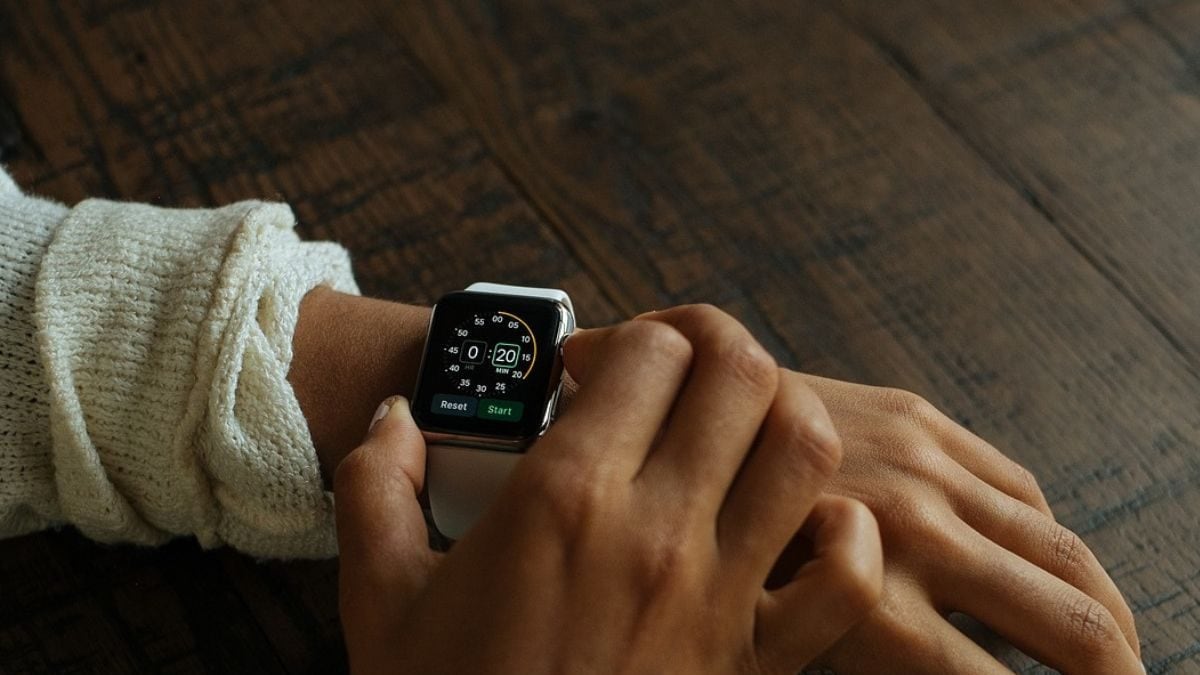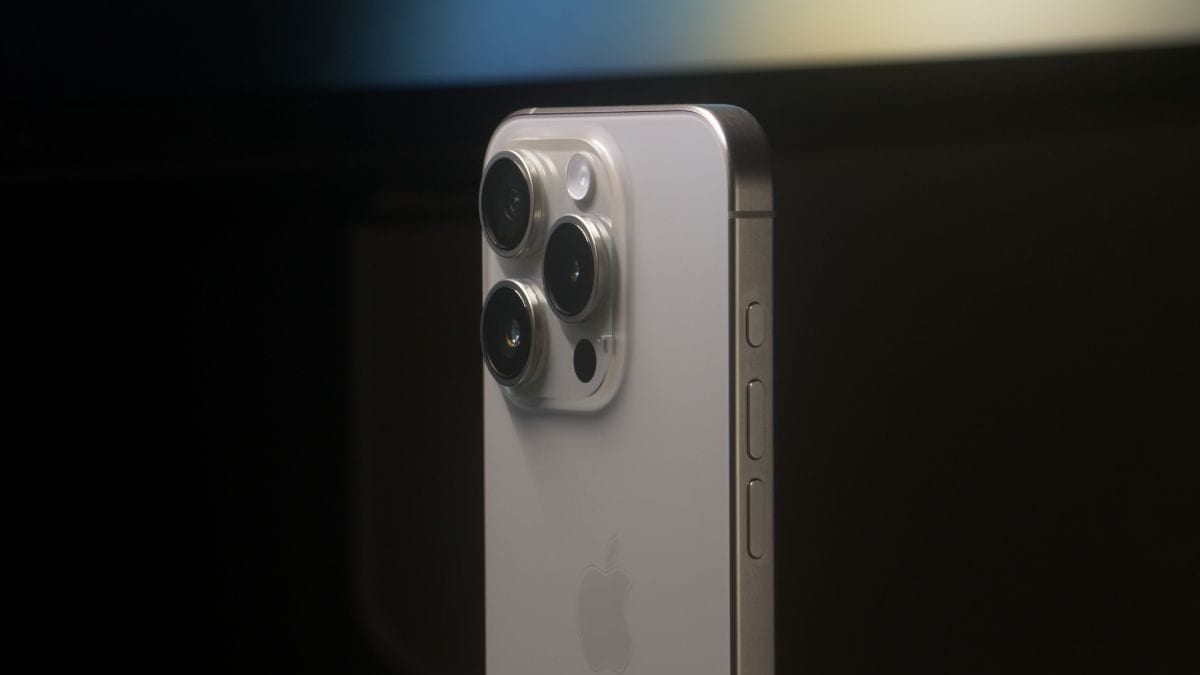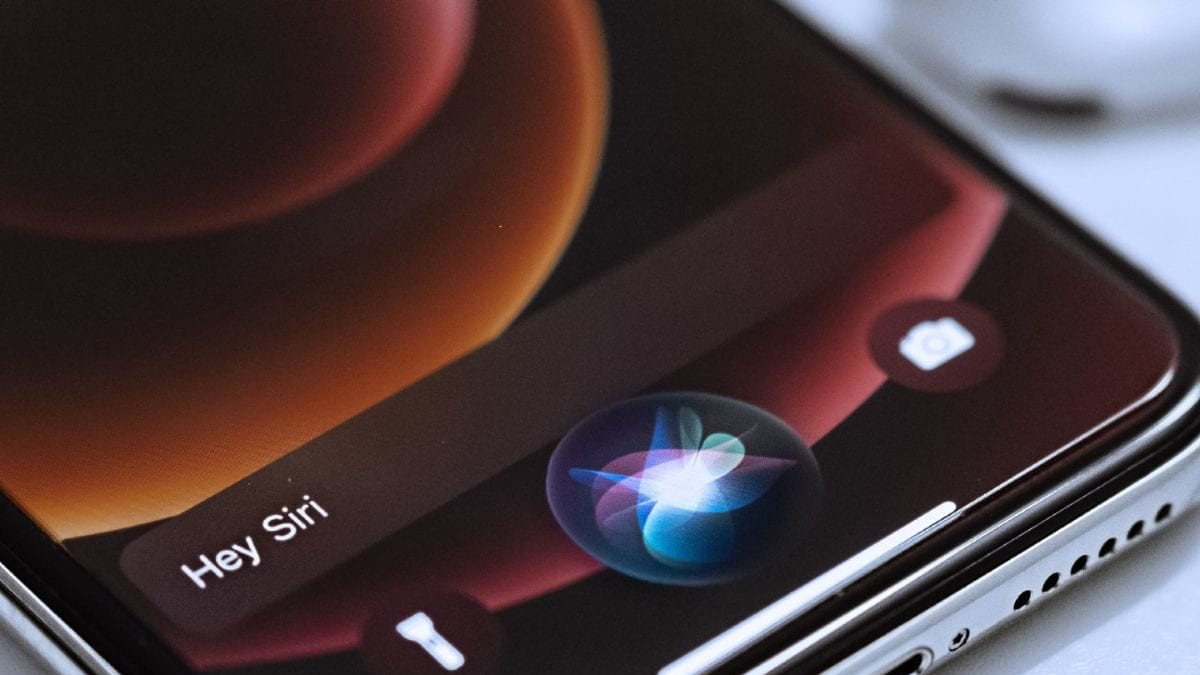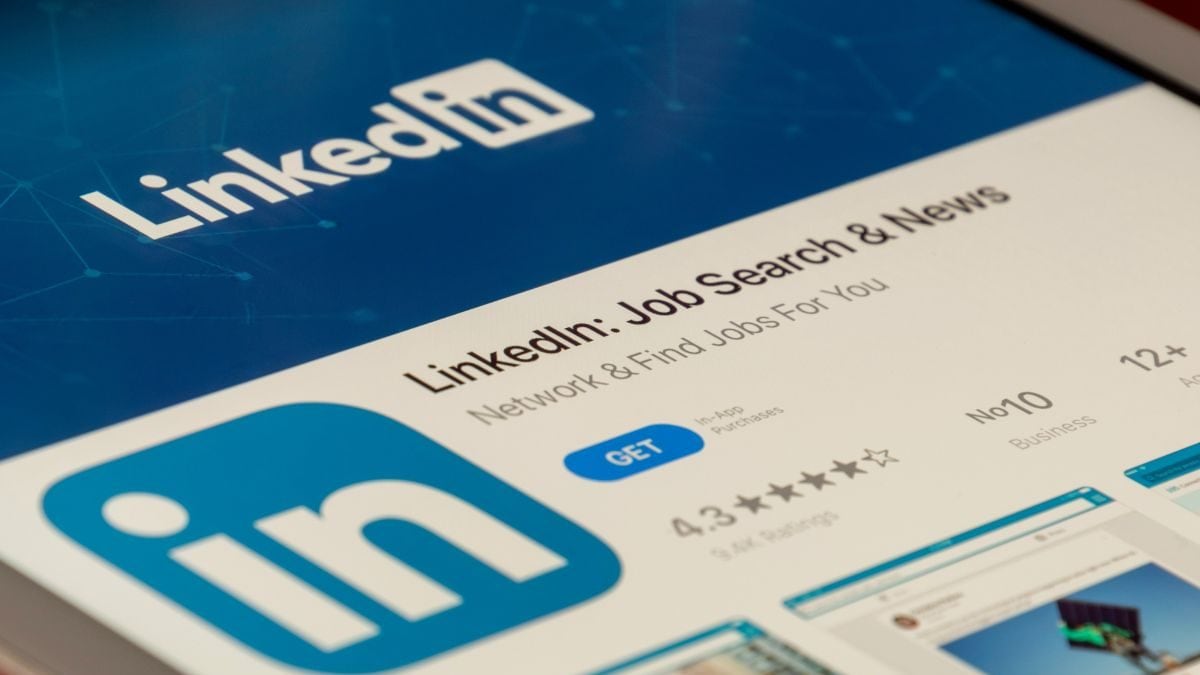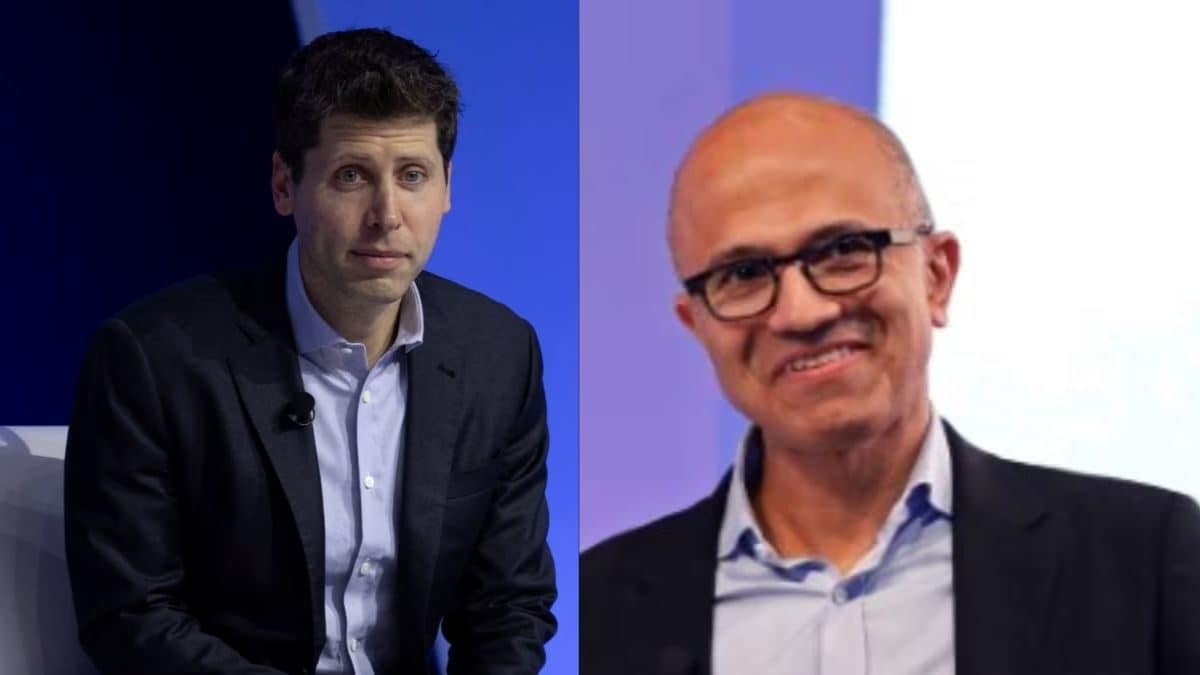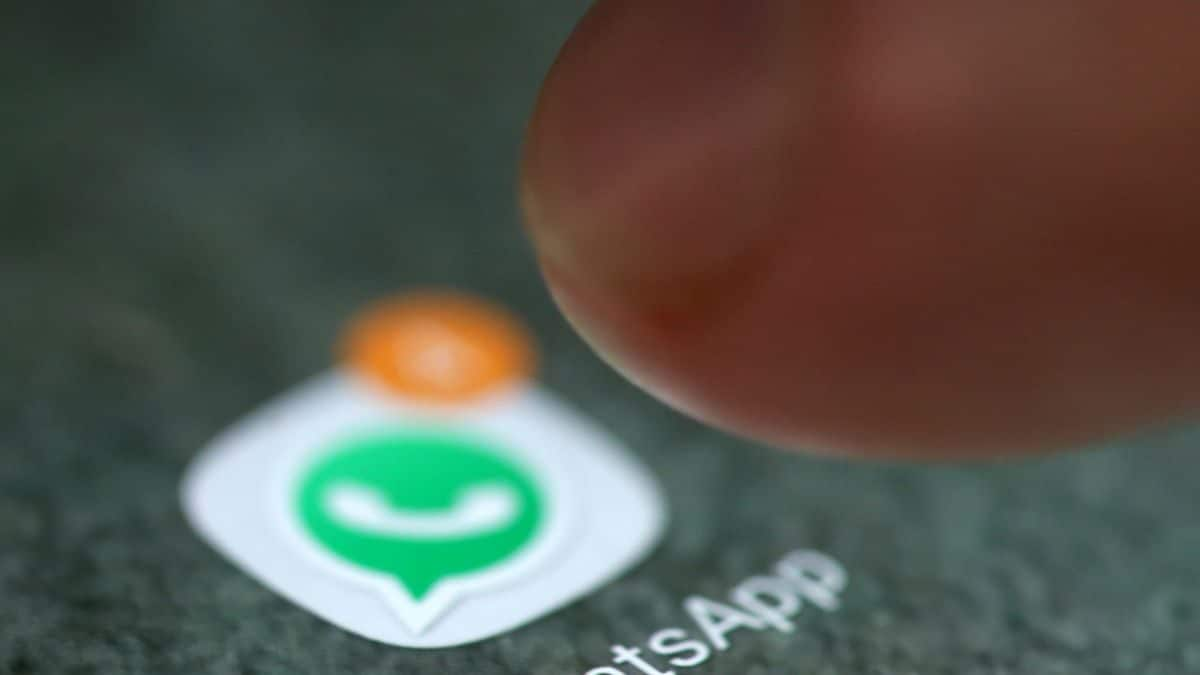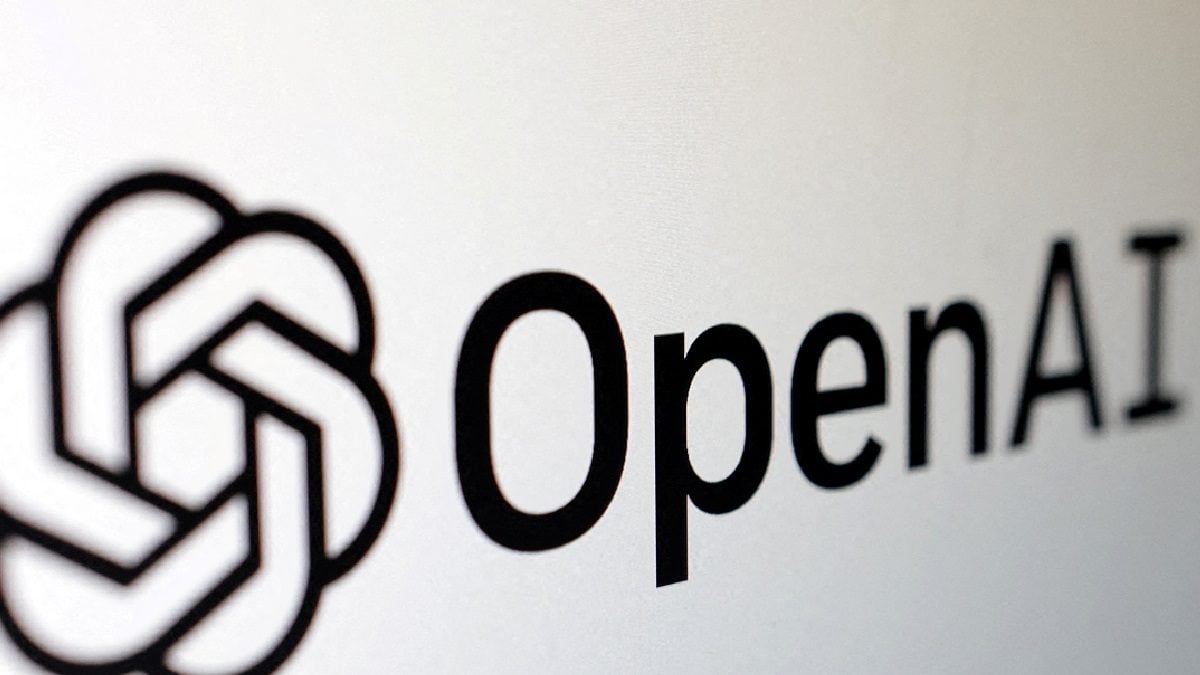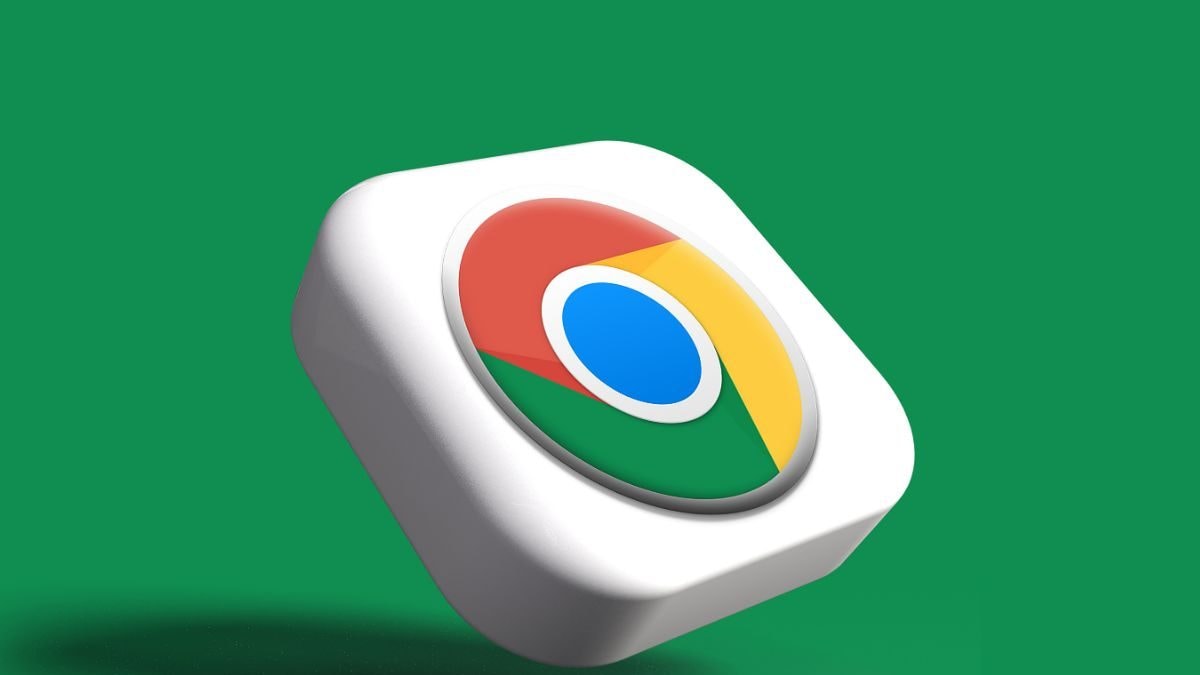Last Updated: April 17, 2024, 14:39 IST
Delhi, India

The company is used to create fake websites and help them steal your data
Some of the top tech companies like LinkedIn, Apple and even Airbnb has become an easy route for these scammers to attack consumers. Read more.
Microsoft is the biggest tool that scammers use to target with phishing attacks, followed by Google. These two tech giants are the popular ruse for hackers, enabling them to easily get people to trust and share details inadvertently. Cyber threats are on the rise and 2024 is shaping up to be a concerning time for consumers.
The new report from Check Point highlights these issues, and ranks Microsoft as the top pick among scammers that appears in more than 38 percent of the phishing attempts made by the bad actors. The cybersecurity firm points out that attackers create their fake websites similar to Microsoft’s products which seems to be making it easy for them to get people to click on the page and even share details, thinking that Microsoft is asking for them.
It is important that people keep a close eye on the websites they open, whether they are secured and look for any typos in the URL or page content to differentiate between the real and the fake.
Coming back to the report, Google comes second with just 11 percent of the attacks done using the company. LinkedIn is then in the third position, followed by Apple and DHL rounding up the top five. The fact that Apple is in the fourth position with just 5 percent of these attacks suggest users are well aware that the company isn’t involved in such practices, while the others on the list can be susceptible to such initiatives.
Top 10 Most Imitated Tech Brands Used For Phishing By Hackers
– Microsoft – 38 percent
– Google – 11 percent
– LinkedIn – 11 percent
– Apple – 5 percent
– DHL – 5 percent
– Amazon – 3 percent
– Facebook – 2 percent
– Roblox – 2 percent
– Wells Fargo – 2 percent
– Airbnb – 1 percent
The biggest surprise from the list is that Amazon and Facebook don’t feature higher and be more popular with these scammers, especially when it would be easy to dupe people under the disguise of these tech brands.
What Is A Brand Phishing Attack?
Check Point explains that in these attacks, “criminals try to imitate the official website of a well-known brand by using a similar domain name or URL and web-page design to the genuine site.” Using the fake website, these scammers can easily create a form that can be used to, “steal users’ credentials, payment details or other personal information.”
![]()
S Aadeetya, Special Correspondent at News18 Tech, accidentally got into journalism 10 years ago, and since then, has been part of established media ho
...Read More

 2 weeks ago
2 weeks ago



